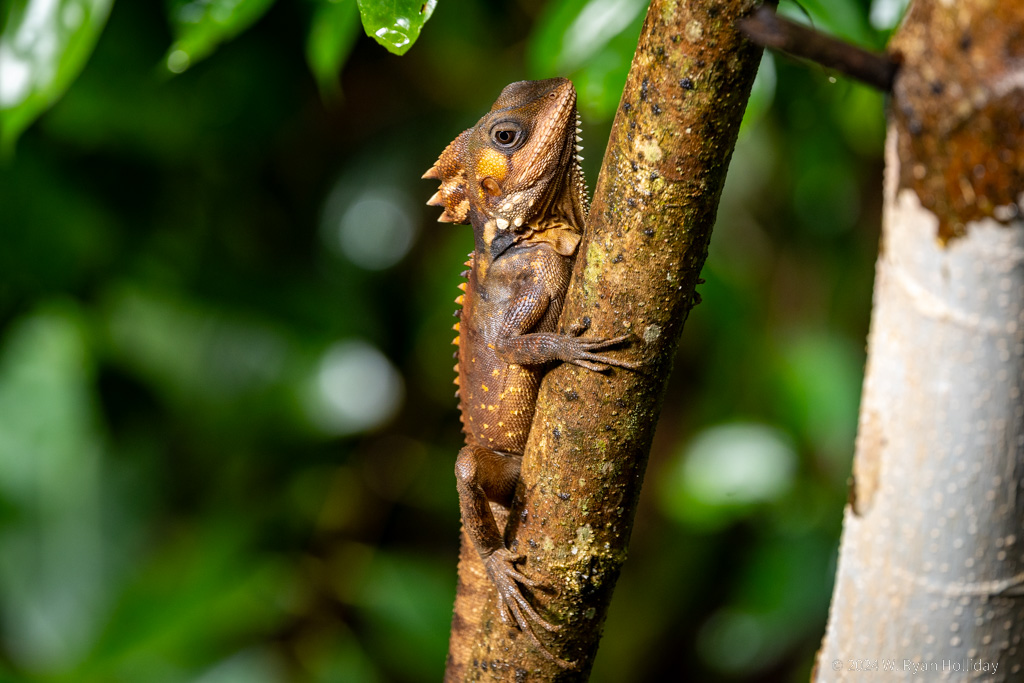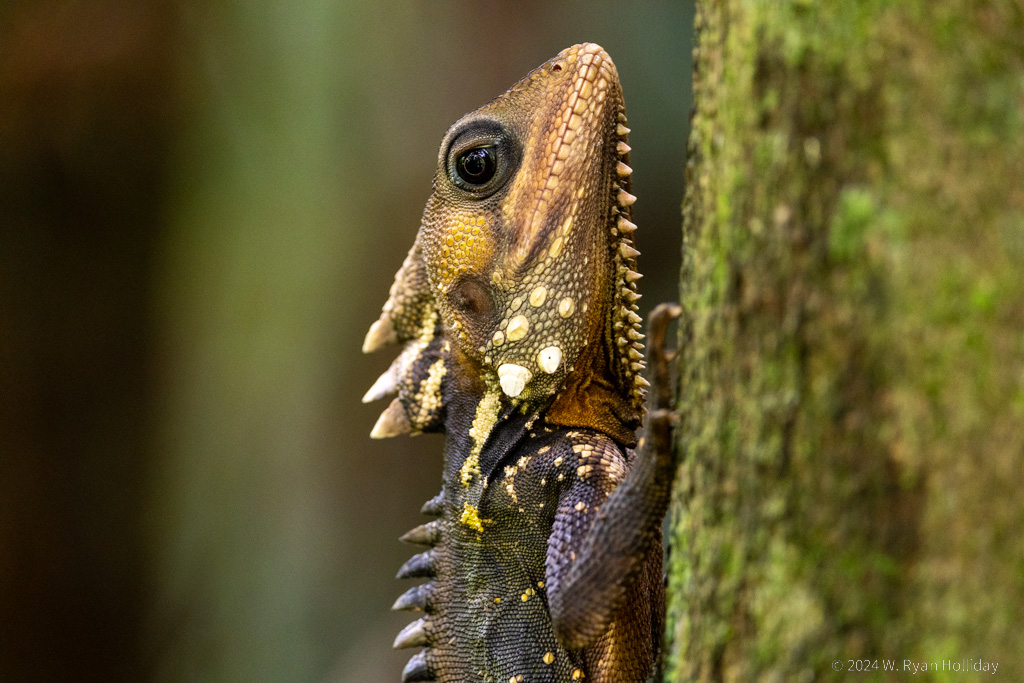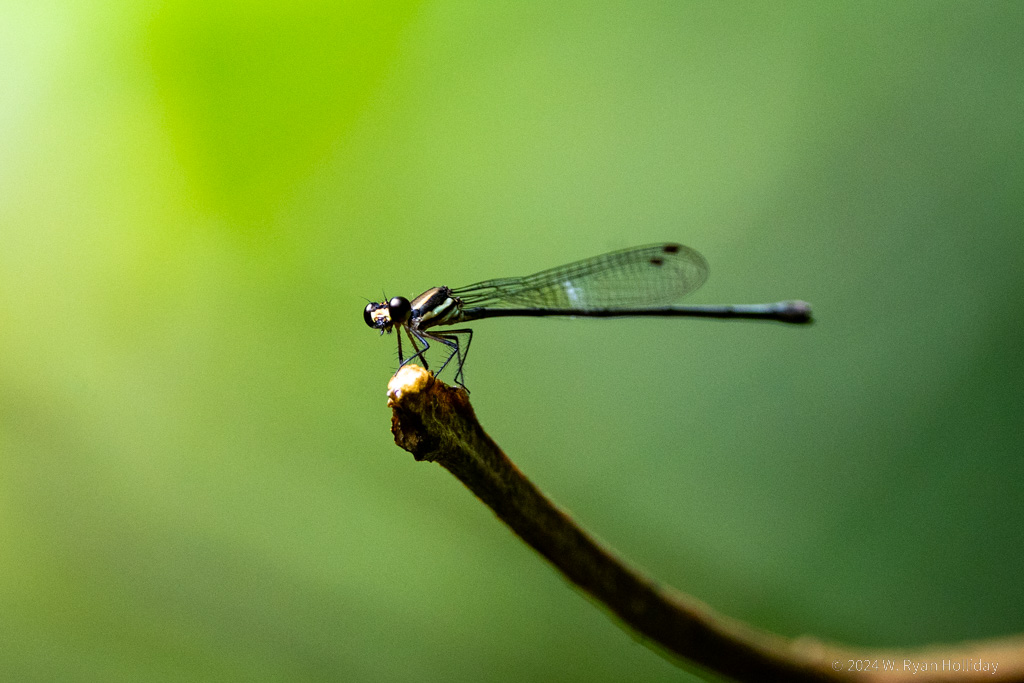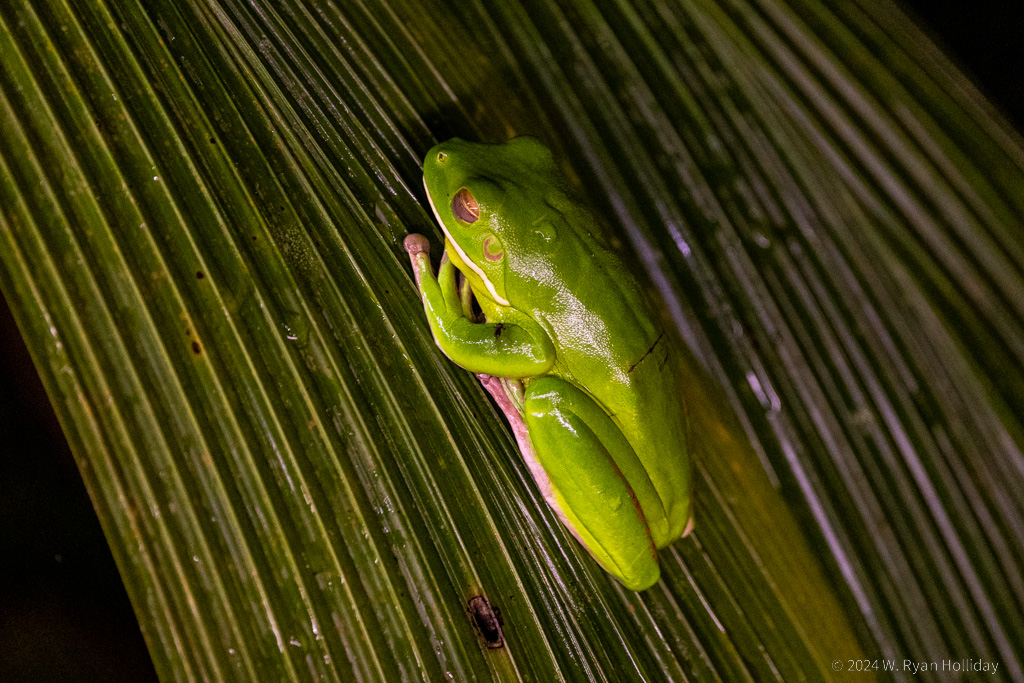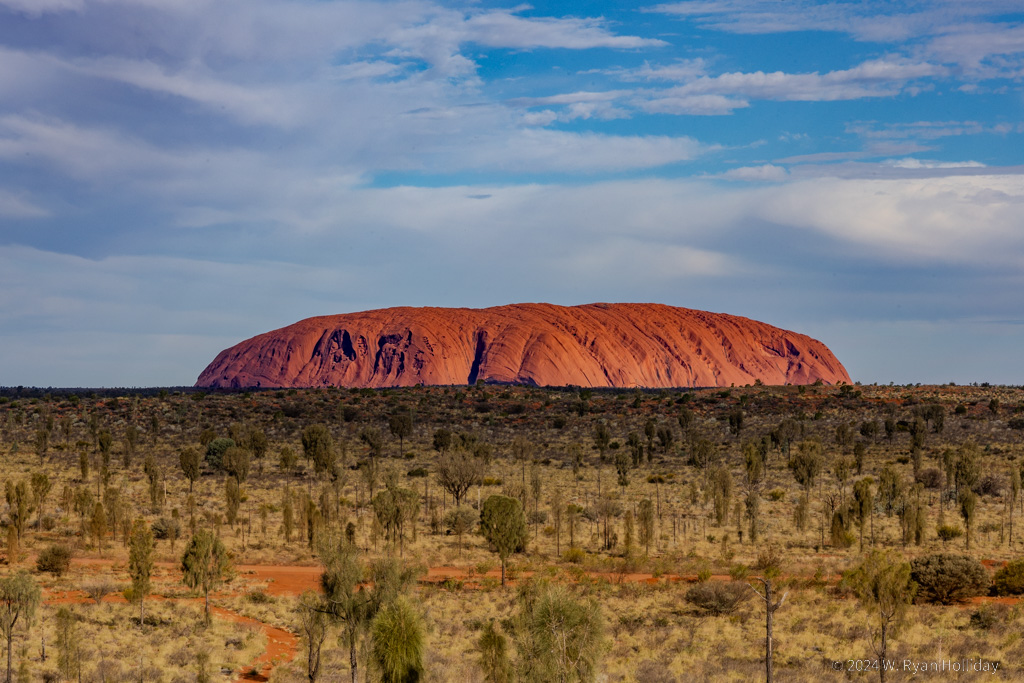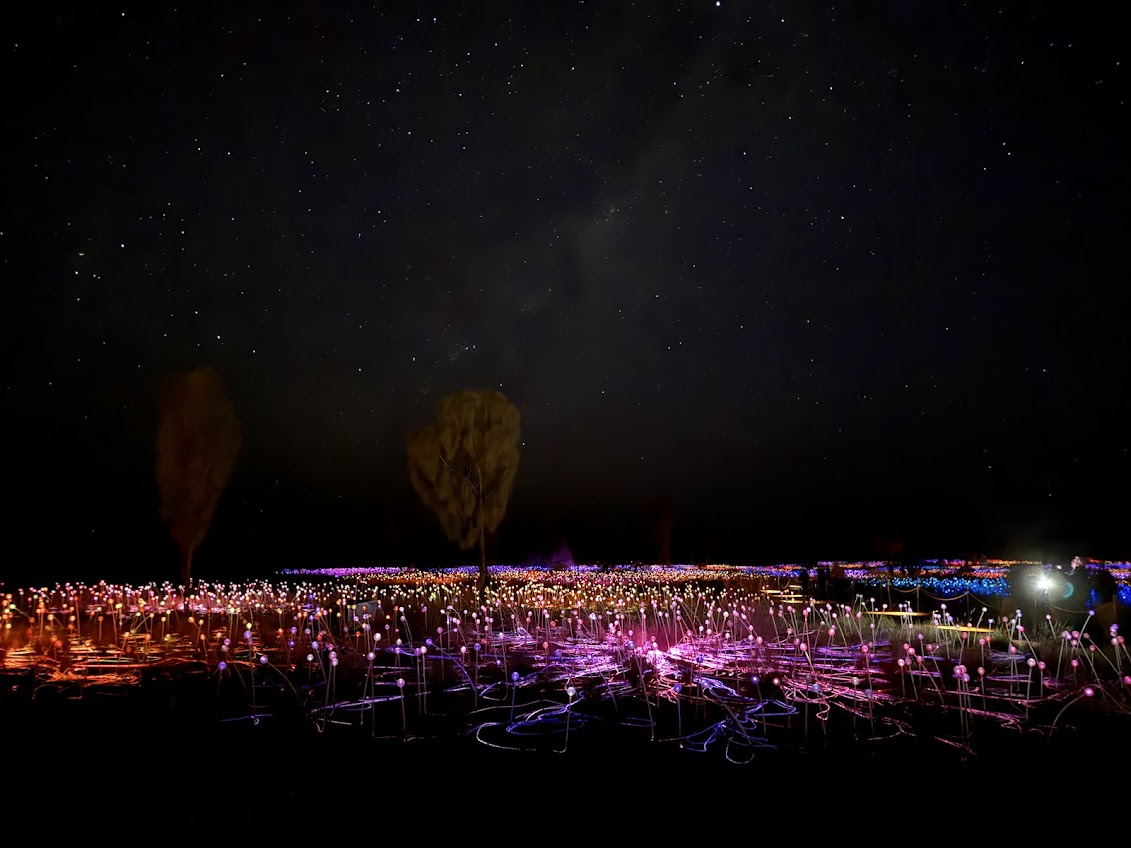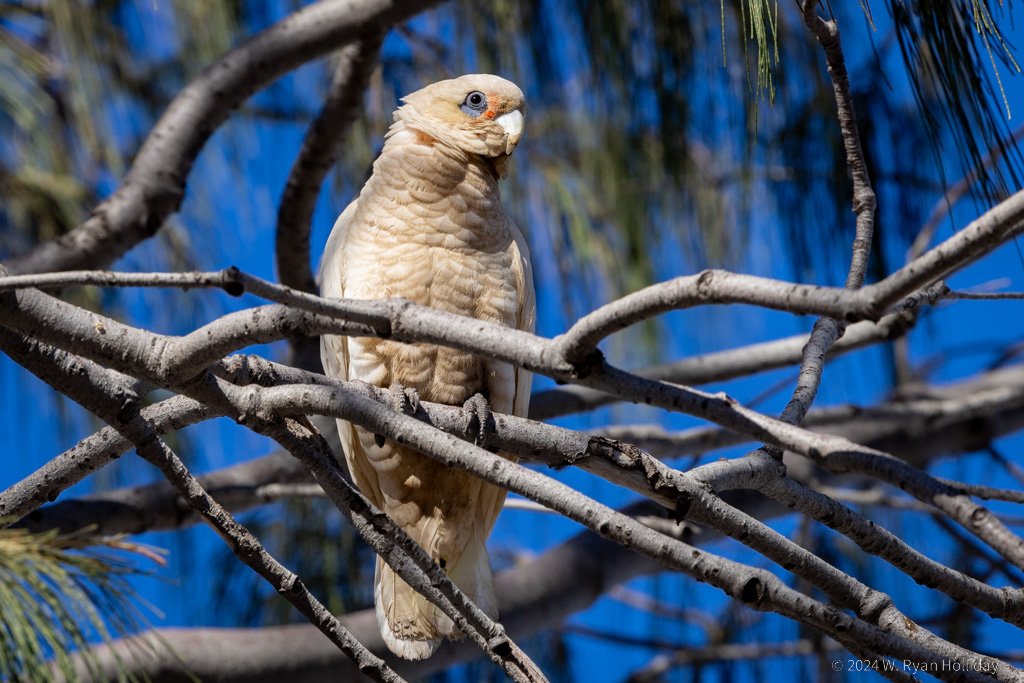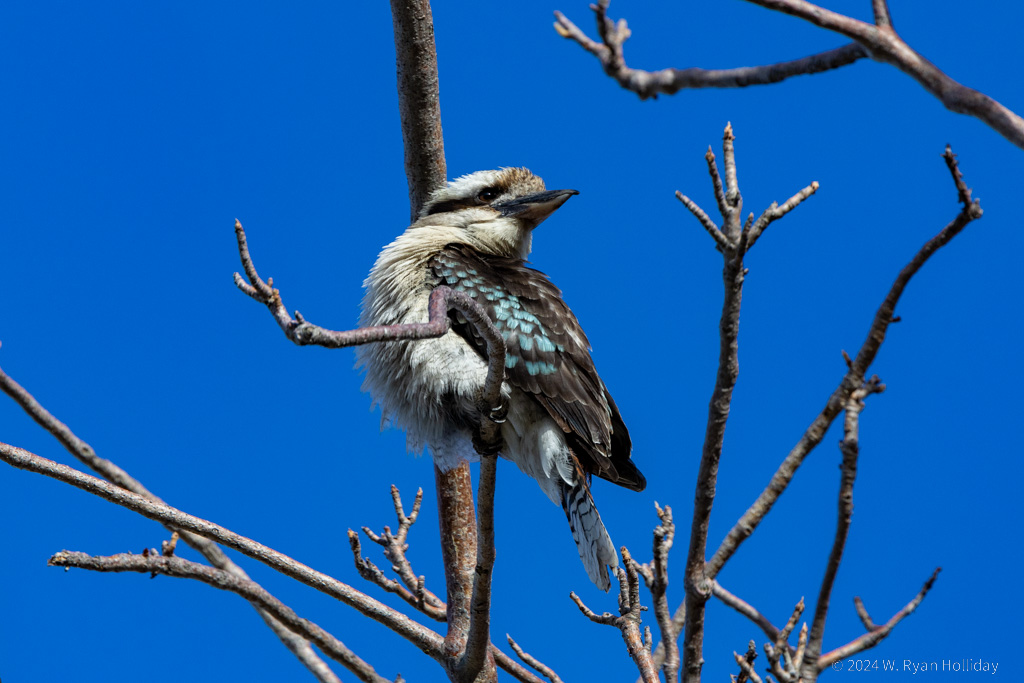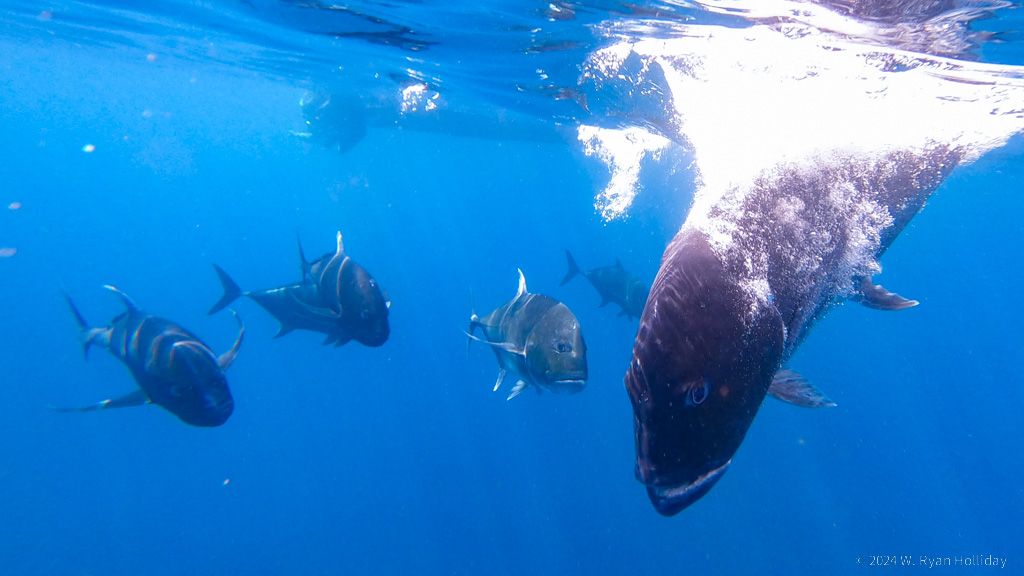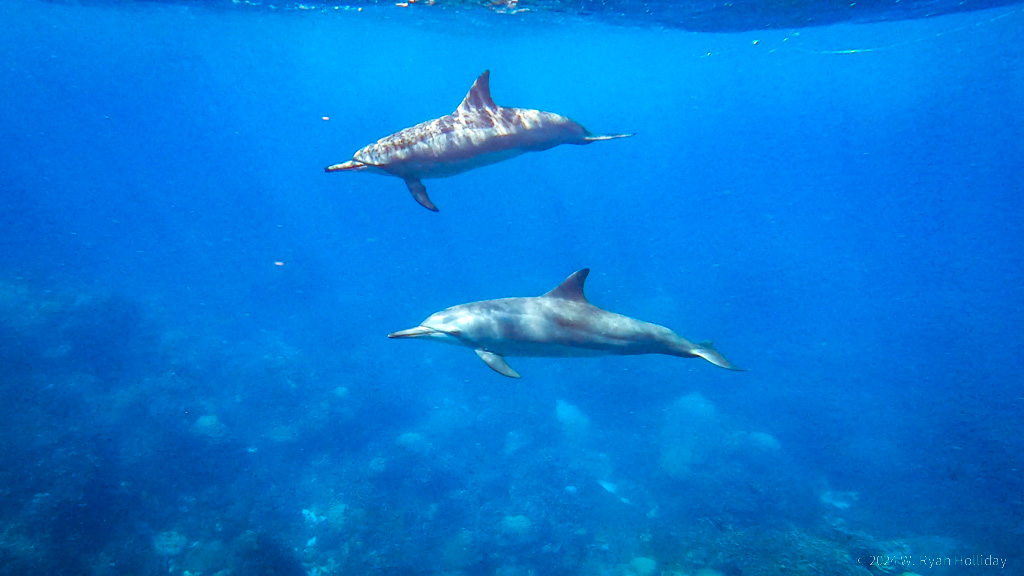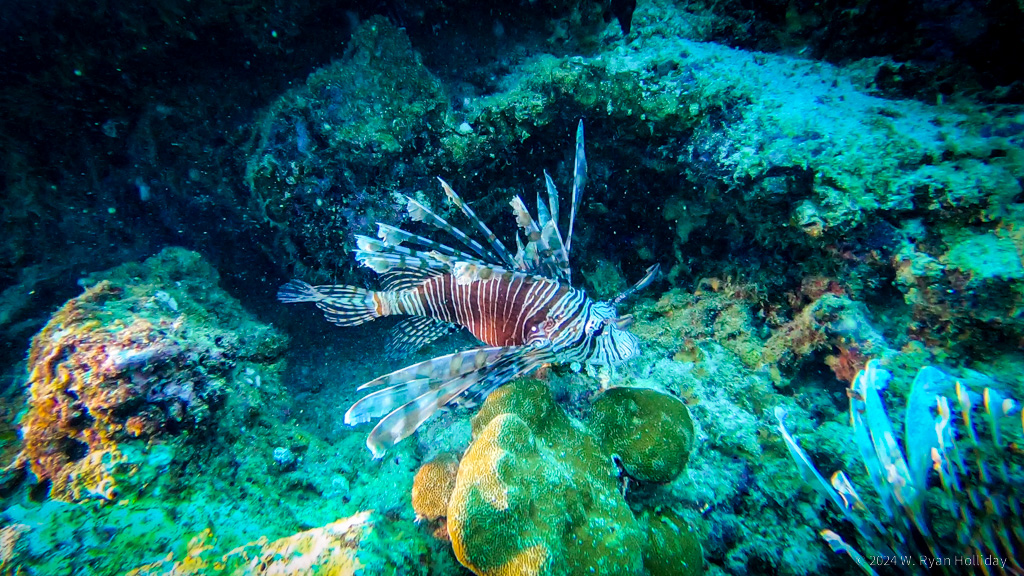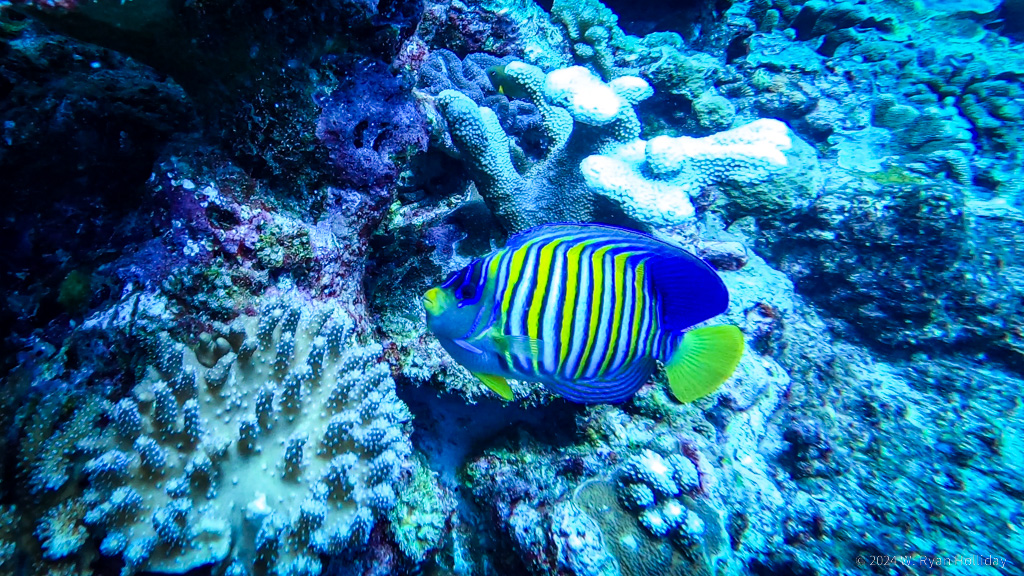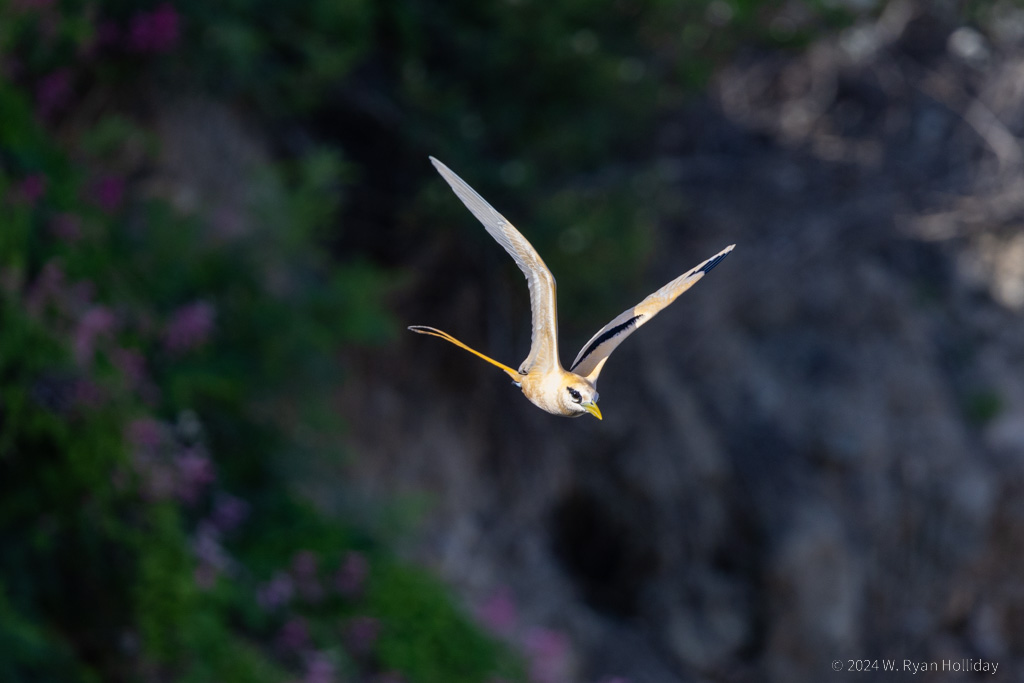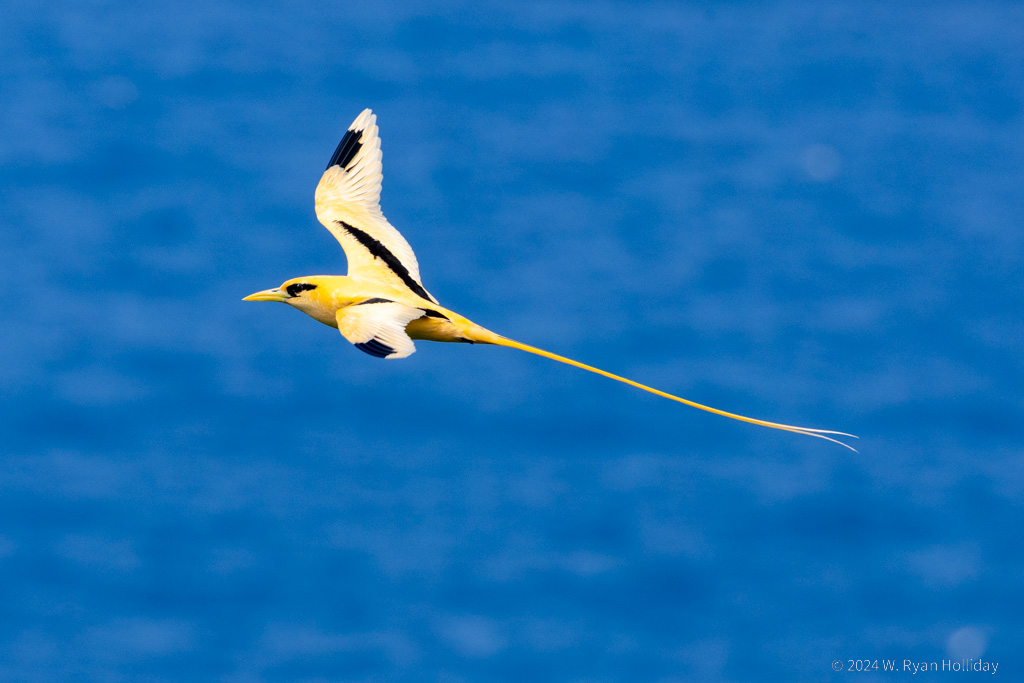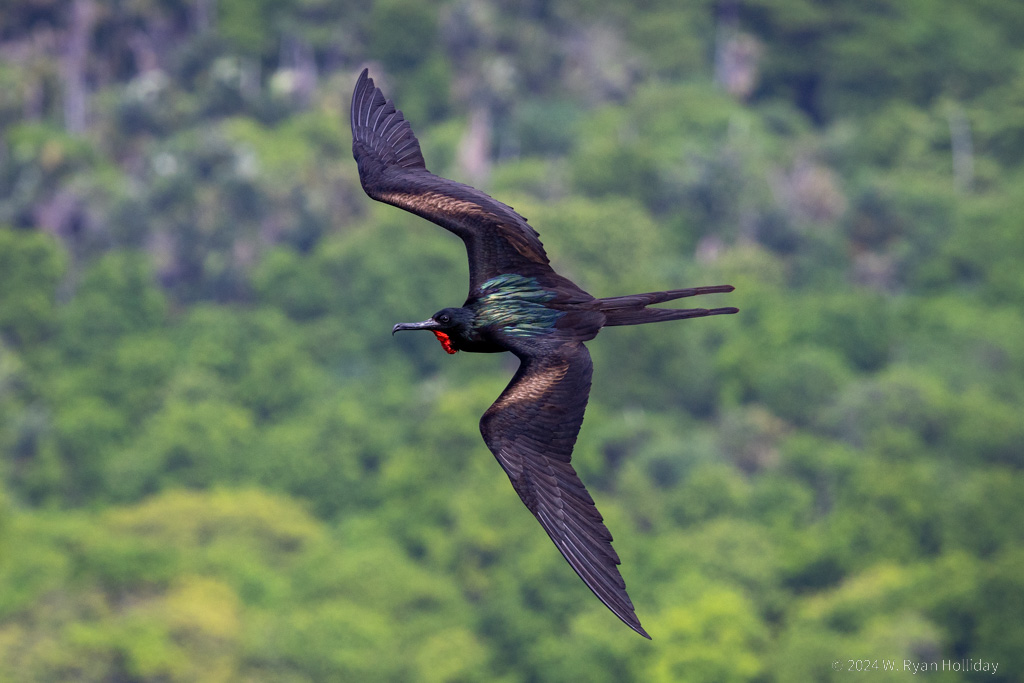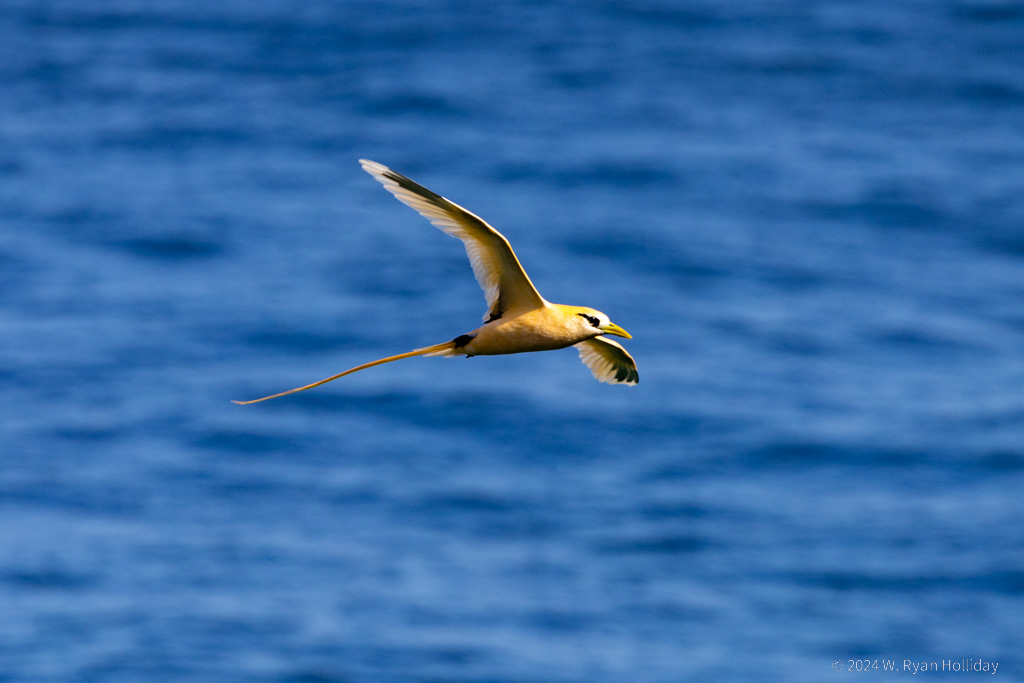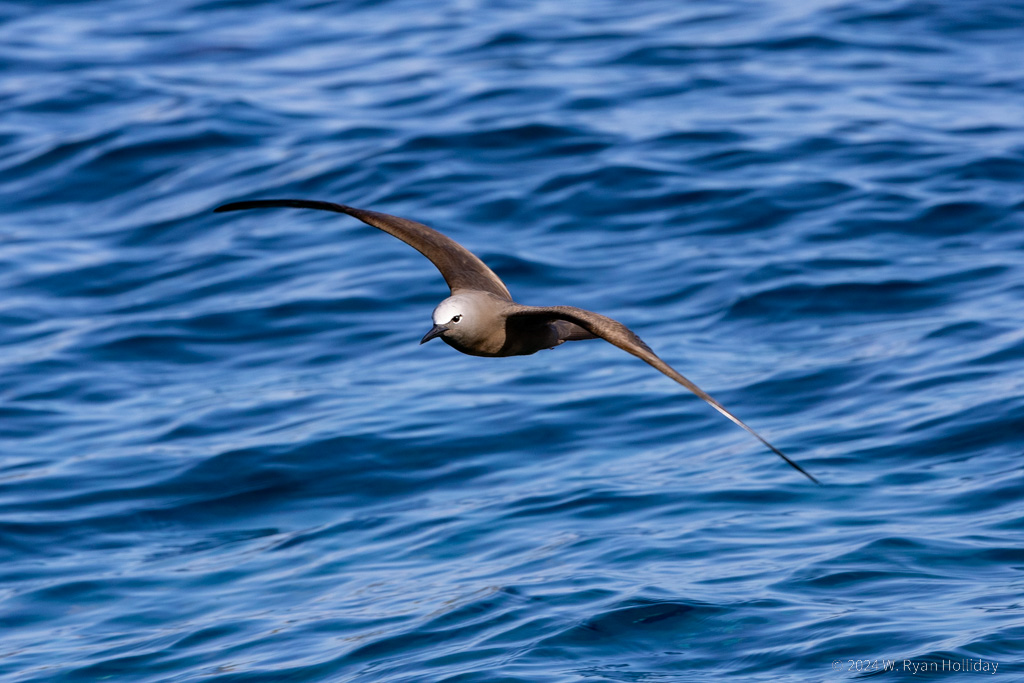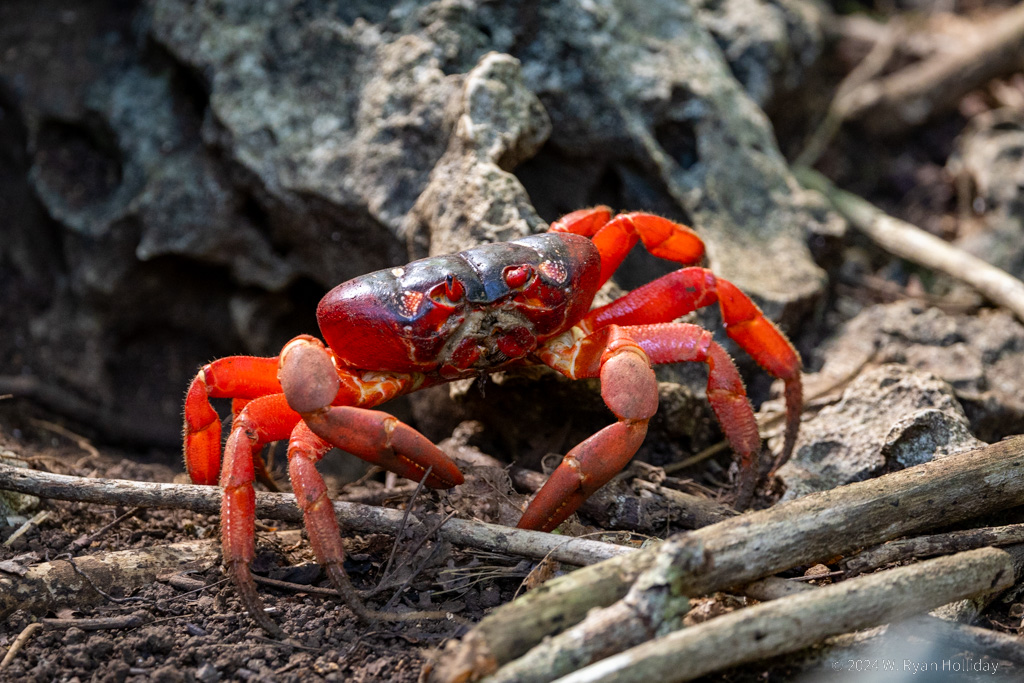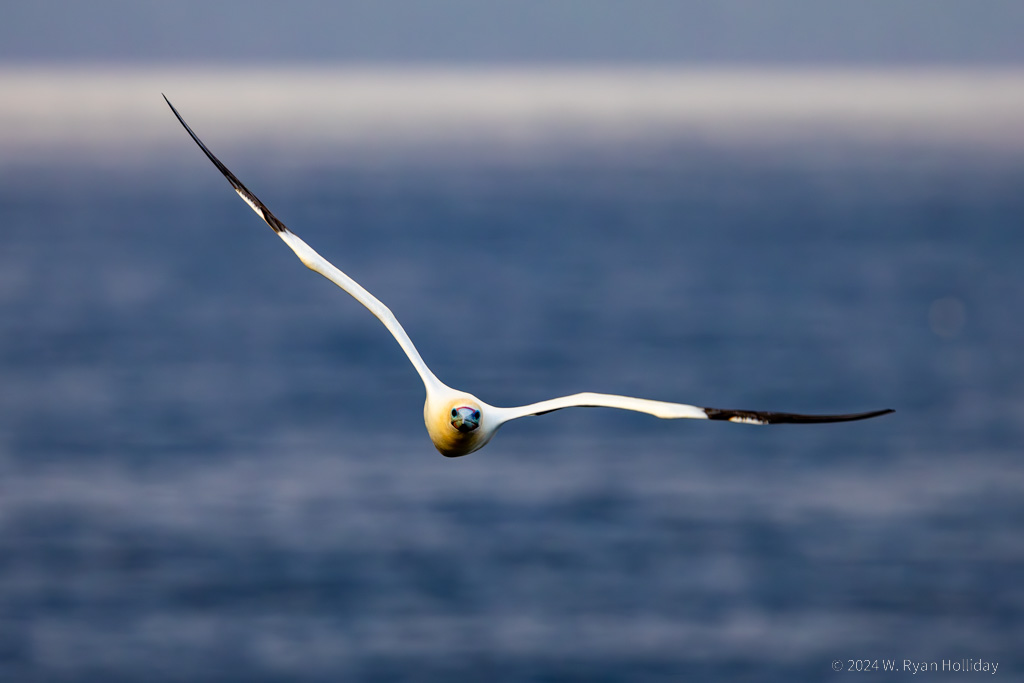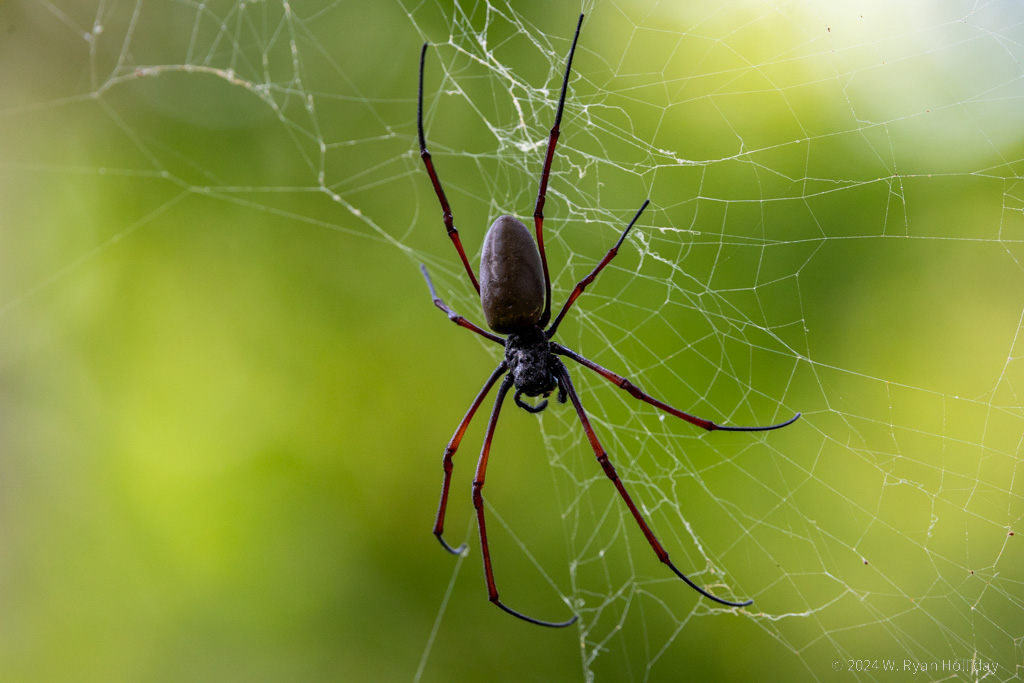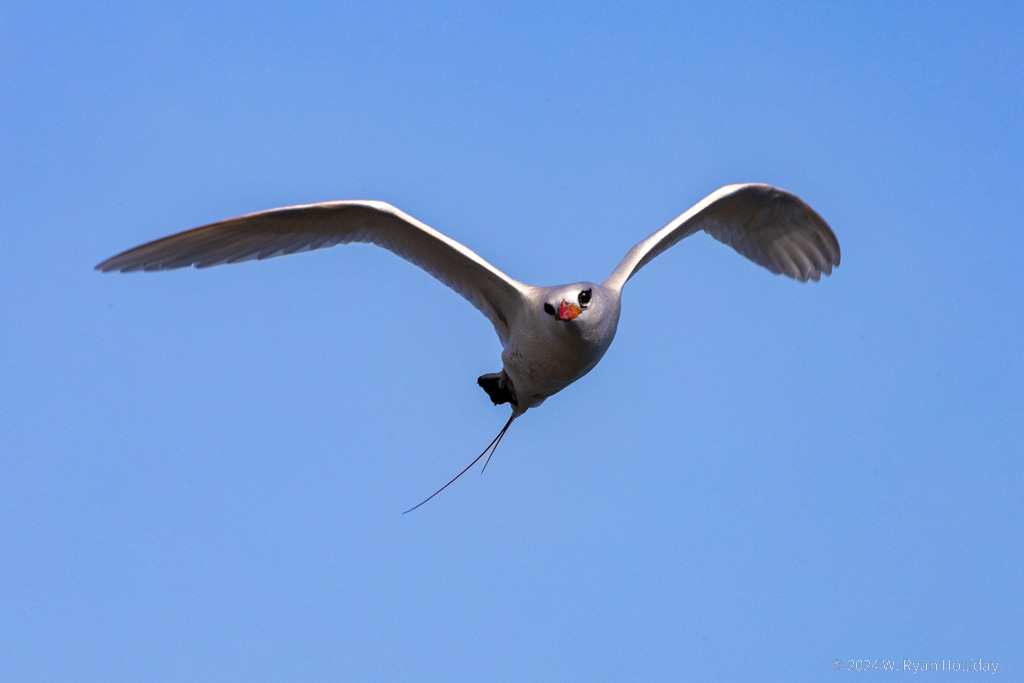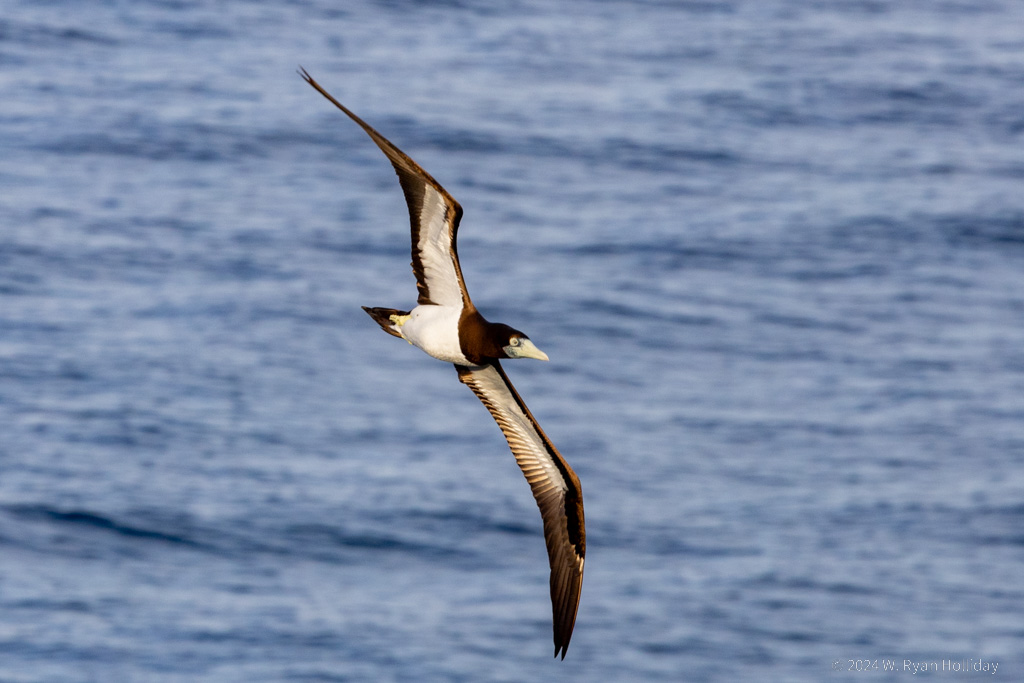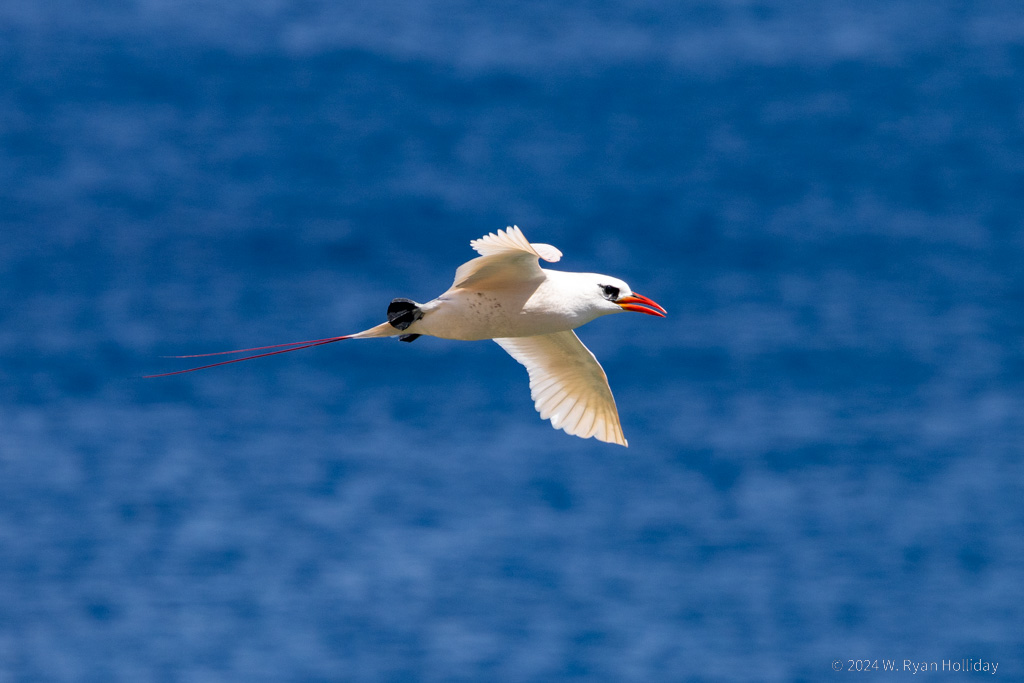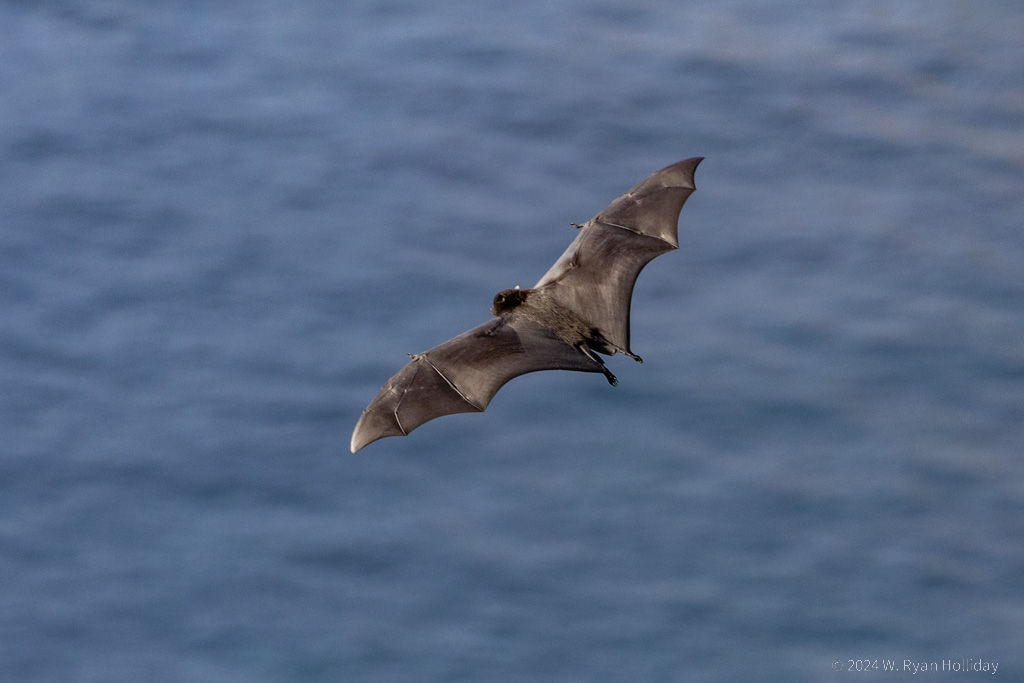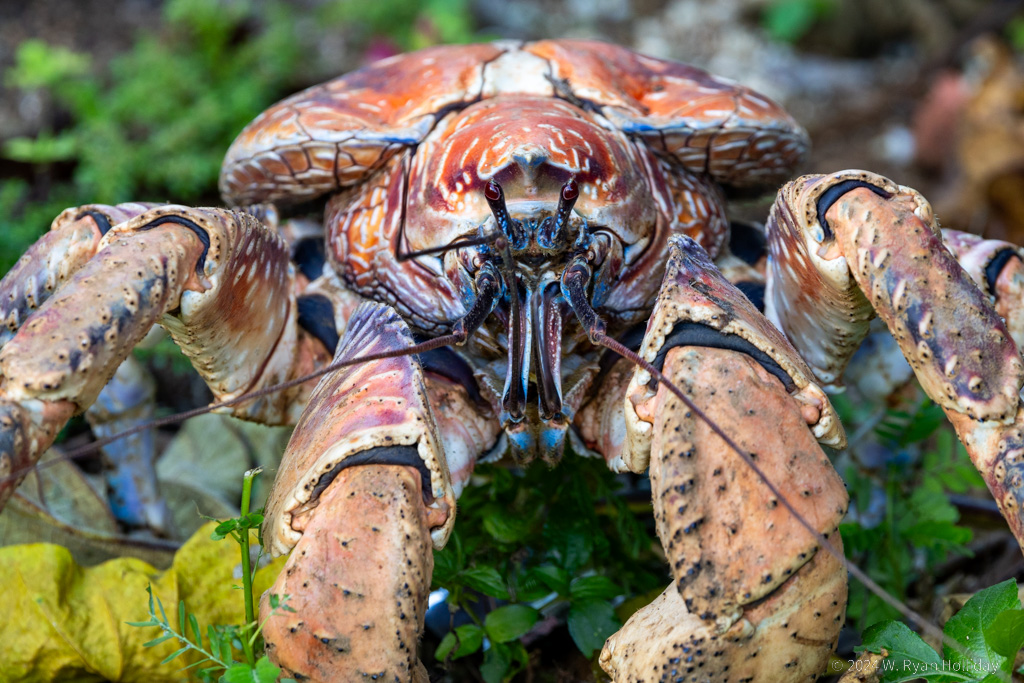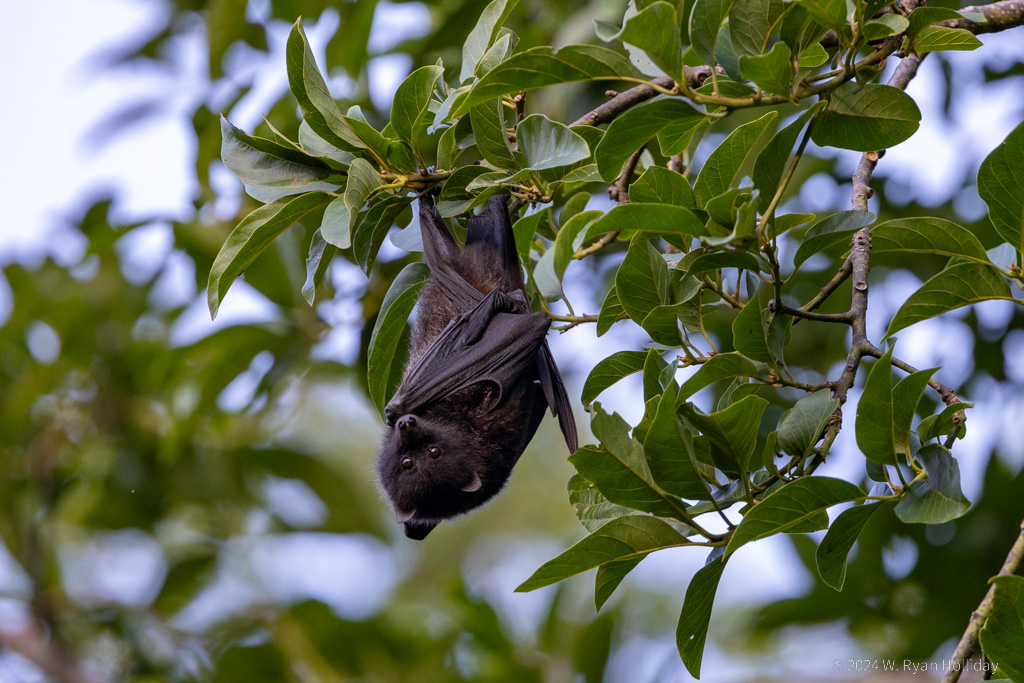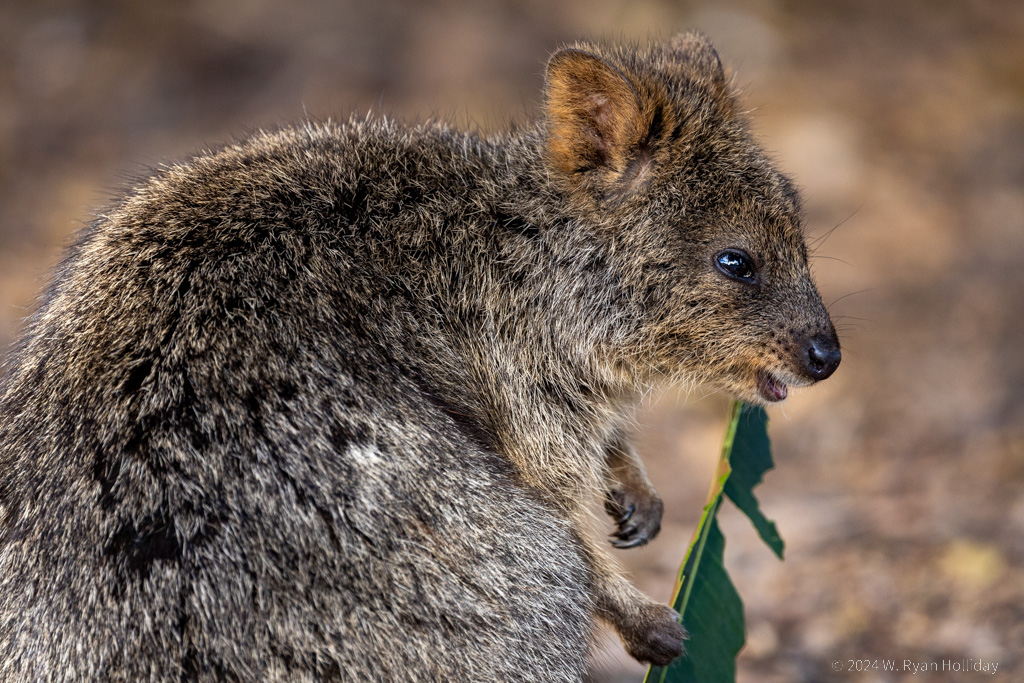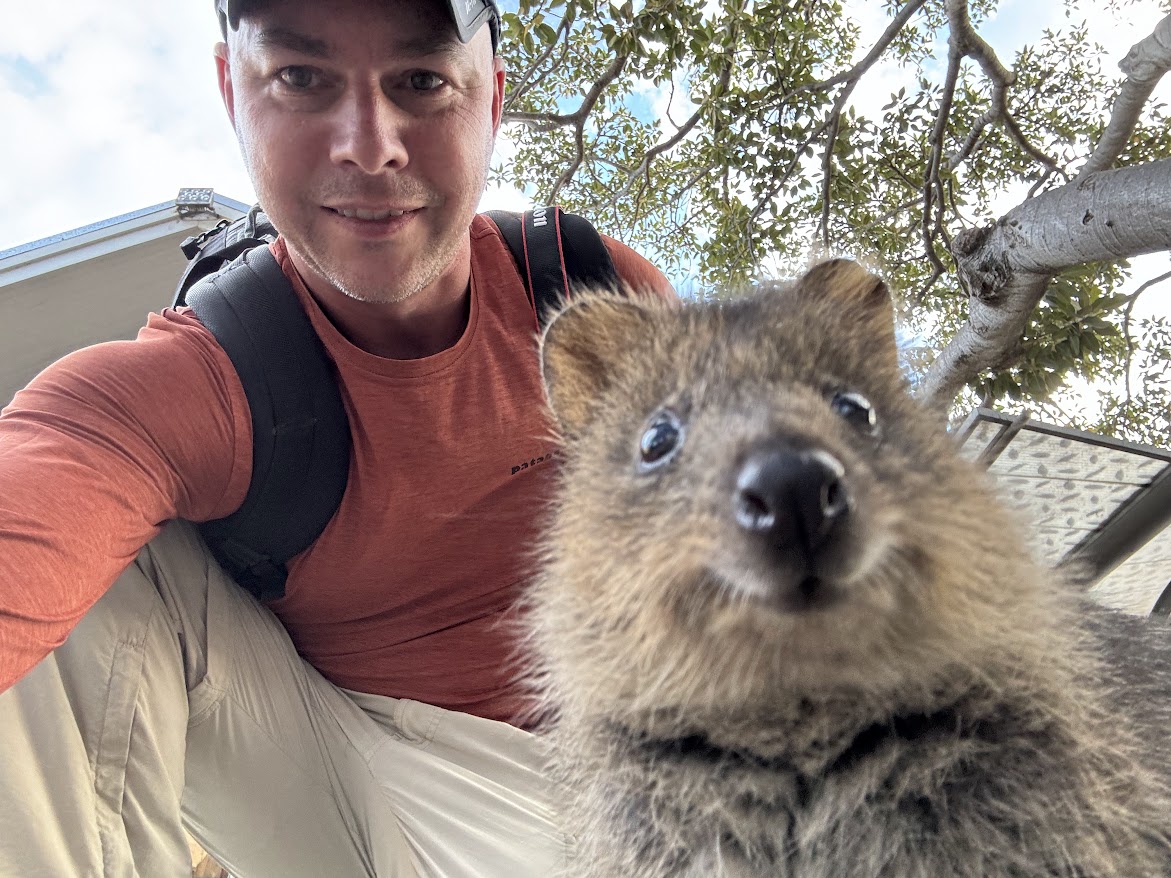We spent the entire morning today roaming around the rainforest at our lodge looking at all sorts of critters. At breakfast we shared our table with a tree frog who was sleeping while sticking to the table leg. Afterwards the staff pointed out a two-foot long Boyd’s forest dragon who was hanging out on a tree, and tons of other weird birds and bugs were out and about – there are ants with bright green butts and caterpillars that stick out red devil horns when you disturb them! Coming to the rainforest for two nights was definitely a good call.
The staff here seems excited that we like the wildlife so much, and have been coming to find us whenever something new shows up; after a guided walk in the morning we were getting ready to leave the resort when Sarah knocked on our door to let us know that a tree snake was hunting frogs in the pond. After more photos of the snake, as well as a bush turkey who wandered by, we finally jumped in the car for a drive up to Cape Tribulation to look for cassowaries.
The route to Cape Tribulation started with a ferry ride over the croc-infested river, and was followed by a drive along a road that was still in the process of being rebuilt after several sections had apparently washed away. One of the warnings from the park service about the huge, dinosaur-like cassowaries was to “be cass-o-wary” (they aren’t the friendliest animals), but when we finally spotted one he was alongside the road and not too interested in the humans that were watching him from the car. Sadly there was no good place to pull over so I didn’t get any photos, but Audrey managed to grab some video of the encounter so that we’ll still be able to remember it in our senile years.
Early tomorrow morning we’re off on the river to spot crocodiles, then we’ll give the cassowaries one more try on the way back to Cairns, where we’re spending the night prior to boarding our scuba liveaboard on Thursday.
